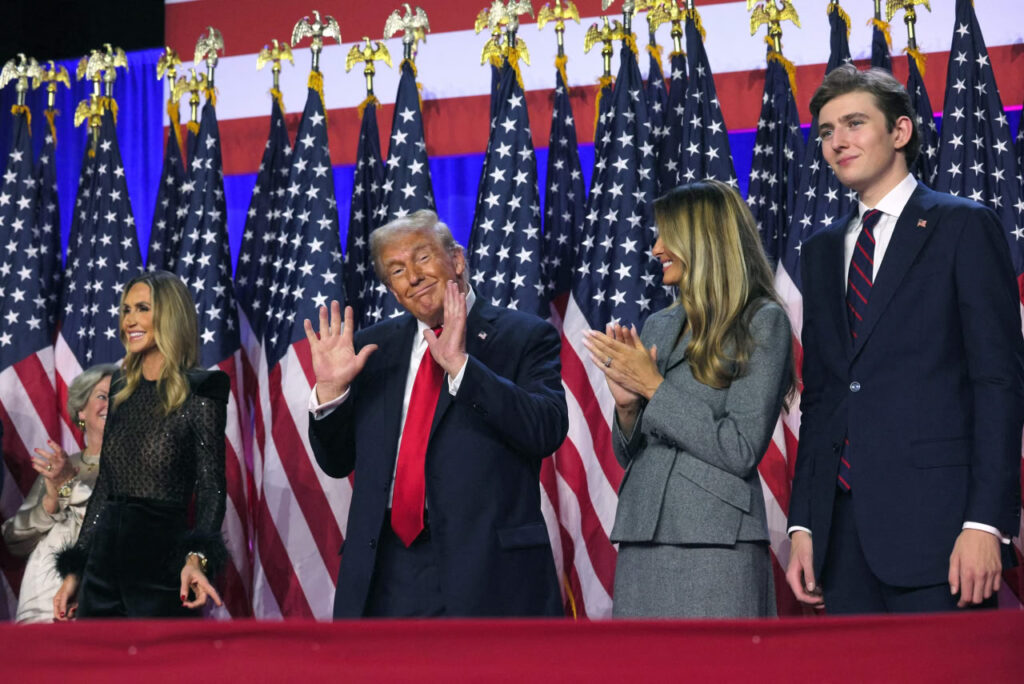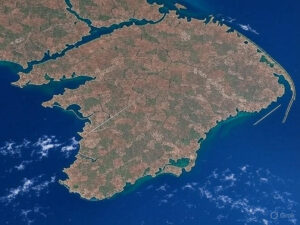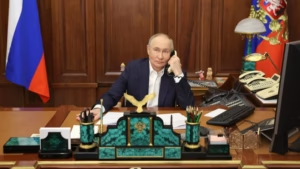Trump’s Bold Ukraine Gambit: A Game-Changer or a Risky Bluff?
When Donald Trump stepped back into the global spotlight, promising a swift influx of Patriot PAC-3 missile systems to Ukraine, you could almost feel the tectonic plates of geopolitics shift. His pledge, delivered with that trademark grin during a meeting with NATO’s Mark Rutte, wasn’t just a policy announcement—it was a gauntlet thrown at Vladimir Putin’s feet. Seventeen Patriot batteries, potentially within days, and a call for European allies to dip into their arsenals while the U.S. replenishes them? That’s not just logistics; it’s a power play. But as the dust settles on this bold rhetoric, you can’t help but wonder: is this a genuine lifeline for Ukraine or a high-stakes bluff that could unravel in unpredictable ways?
The war in Ukraine, now dragging into its fourth year, has become a grim chessboard where moves are measured in blood and territory. Trump’s promise of advanced weaponry—specifically the Patriot PAC-3, a system revered for its ability to neutralize ballistic missiles—signals a potential escalation in Western support. These aren’t just any weapons; they’re Ukraine’s best shot at countering Russia’s relentless missile barrages. As Jimmy Rushton, a Kyiv-based security analyst, noted in a recent interview, the Patriot system outshines its European counterpart, the SAMP/T, in practical effectiveness. For a country battered by nightly drone and missile assaults, this could mean the difference between holding the line and watching cities crumble.
Yet, there’s a catch. Trump’s plan hinges on European NATO members footing the bill, buying American-made systems to funnel to Ukraine while their own stocks are restocked. It’s a clever workaround—America flexes its industrial might without directly draining its arsenals. But it also raises eyebrows. Is this a sincere commitment to Ukraine’s survival, or is Trump, ever the dealmaker, using Kyiv as a bargaining chip to strong-arm allies into boosting U.S. arms sales? The optics are murky, especially when you consider his simultaneous threat of tariffs against Russia and its oil-buying partners, like China and India, if Putin doesn’t negotiate within 50 days. It’s a tight deadline, and frankly, it feels like a script ripped from a Hollywood thriller—bold, dramatic, and just vague enough to keep everyone guessing.
Let’s be clear: Putin isn’t sweating over peace emojis from his envoy, Kirill Dmitriev, who recently called for “constructive dialogue” with Washington. Dmitriev, a polished operator with ties to Russia’s intelligence elite, is playing the good cop, but Moscow’s playbook hasn’t changed. Russia’s reliance on North Korean shells—12 million, per South Korea’s estimates—reveals a war machine stretched thin, yet still grinding forward. Putin’s betting on outlasting Ukraine’s resolve, banking on the West’s fatigue. Trump’s sudden hawkishness, then, could disrupt that calculus. But here’s where it gets dicey: Trump’s mercurial nature. As Rushton pointed out, predicting Trump’s next move is like forecasting a storm—he’s as likely to pivot as he is to double down. If Putin calls his bluff, will Trump follow through, or will he backpedal, leaving Ukraine exposed?
The human toll of this war adds urgency to the question. Ukraine’s front lines are a cauldron of innovation and desperation. Drones, now responsible for 70% of casualties on both sides, have rewritten the rules of combat. Rushton described a 15-kilometer “kill zone” where drones monitor and strike with ruthless precision, rendering traditional artillery less effective and logistics a nightmare. Ukrainian soldiers, moving on foot to avoid detection, face a gauntlet of first-person-view drones and chemical weapons like chloropicrin—a choking agent banned in warfare but used by Russia to flush troops from trenches. These aren’t just tactics; they’re war crimes, echoing the horrors of World War I. The fact that Rushton’s sources report systematic chemical attacks, potentially including nerve agents, is a chilling reminder of Russia’s disregard for international norms.
For Ukrainians, Trump’s promises are a flicker of hope in a darkening sky. The prospect of more Patriots, artillery, and guided missile systems could bolster their defenses and blunt Russia’s air advantage. But morale is a fragile thing. Rushton noted that Ukrainian sentiment toward Trump has softened since his earlier clashes with President Volodymyr Zelenskyy, particularly after reports of Trump urging strikes on Russian cities like St. Petersburg. Whether that was bravado or a genuine shift, it’s stirred a mix of puzzlement and cautious optimism among Ukrainians. They know better than anyone that words from Washington don’t always translate to weapons on the ground.
What’s troubling is the broader context. Putin’s strategic failures—failing to topple Zelenskyy, failing to halt NATO’s expansion—are undeniable, yet he’s doubled down on territorial gains, banking on a war of attrition. Trump’s 50-day ultimatum, coupled with economic pressure like sanctions and oil price caps, could squeeze Moscow, but it’s a gamble. China and India, key buyers of Russian oil, aren’t easily swayed, and past U.S. reluctance to tighten sanctions on Russia’s “dark fleet” of oil tankers raises doubts about Trump’s resolve. If he falters, the signal to Putin is clear: keep pushing, because the West might blink.
The stakes couldn’t be higher. Rushton warned that a Russian victory in Ukraine could embolden Moscow to target the Baltics, Moldova, or Georgia, unraveling the post-1945 principle that borders aren’t redrawn by force. A world where might makes right isn’t just a European problem—it’s a global one. Imagine Xi Jinping watching Putin carve up Ukraine and eyeing Taiwan. Or consider the ripple effects in Africa or South America, where powerful nations might feel emboldened to bully weaker ones. The U.S. and UK, for all their foreign policy missteps, never annexed Iraq or Afghanistan. Russia’s imperial ambitions are a different beast, and letting them succeed risks a return to a brutal, pre-1945 world order.
So, what does Ukraine need to win? Rushton’s answer is a blueprint: robust sanctions to choke Russia’s economy, sustained military aid, and investment in Ukraine’s domestic arms production. Training is critical too—elite brigades like the Third Assault excel, but many units struggle with poorly trained recruits and fractured command structures. Supporting Ukraine’s shift to a corps-based military system could streamline operations and counter Russia’s small-unit tactics. Above all, the West must signal unwavering resolve. Half-measures won’t cut it; Putin thrives on hesitation.
As Trump’s deadline looms, you get the sense that this is a defining moment—not just for Ukraine, but for the global order. His gambit could tip the scales, giving Ukraine the tools to reclaim its future. But if it’s a bluff, or if allies waver, the consequences could echo far beyond Kyiv’s battered streets. The question isn’t just whether Trump will deliver—it’s whether the West has the stomach to see this through. History doesn’t forgive indecision, and Ukraine’s defiance deserves more than promises. It deserves action.



